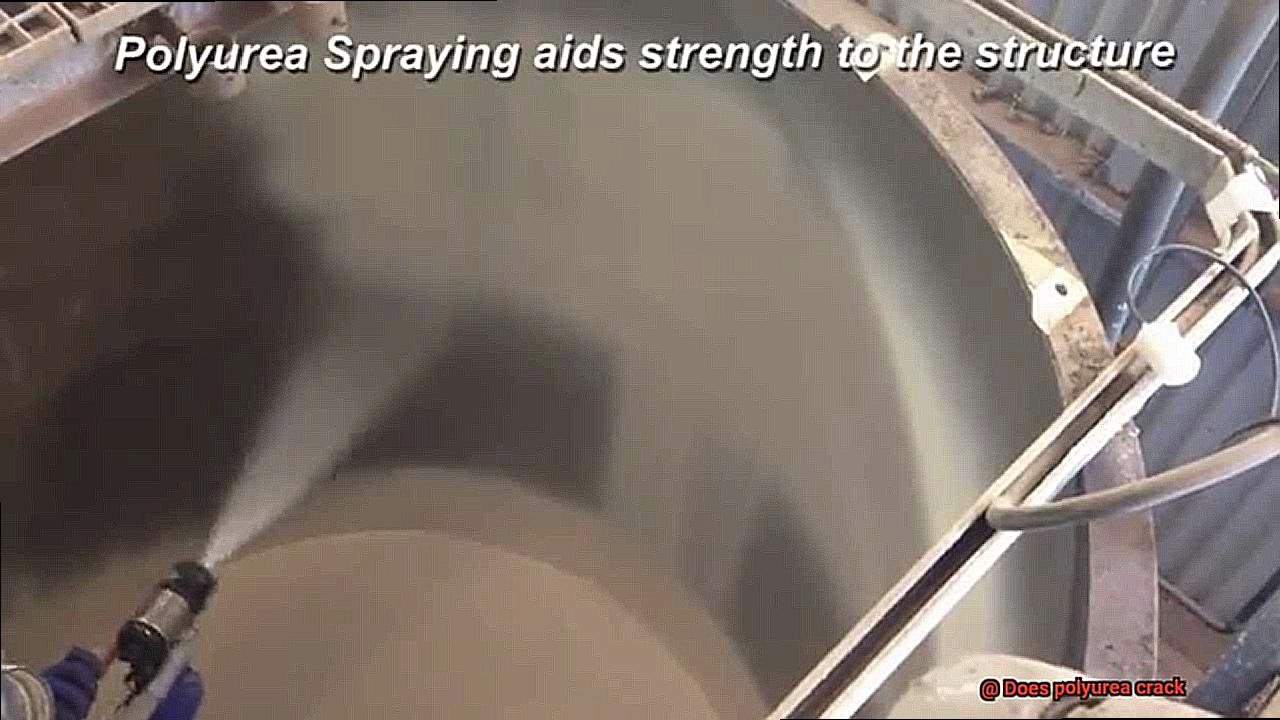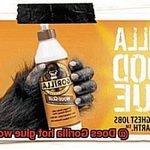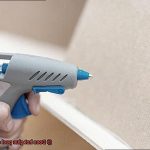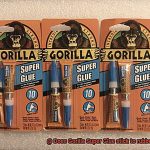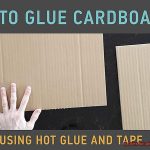Ever wondered why this stuff sometimes lets us down? Well, you’re in for a treat because we’re about to spill the beans.
Polyurea is like that cool kid in school who’s flexible and tough as nails. It’s used for all sorts of things like floor coatings, waterproofing, and industrial linings. But here’s the thing – even with all its awesomeness, polyurea can crack.
Cracking in polyurea usually happens because of a bunch of factors. Think shoddy surface prep, messed-up application techniques, too much coating piled on, or unpredictable weather conditions. Knowing what causes these cracks is key to keeping your polyurea coating intact for years.
So, buckle up because we’re about to dig into the reasons behind polyurea cracking and give you some solid tips on how to prevent it. Get ready to become a polyurea pro as we unravel this crackling mystery together. Stay tuned.
What is Polyurea?
Contents
In a world filled with wear and tear, we often find ourselves searching for products that can withstand the test of time. Look no further than polyurea coatings – the unbreakable shield that offers exceptional durability and versatility.
In this blog post, we will delve into the fascinating world of polyurea, uncovering its unique properties and exploring its diverse applications. Get ready to be amazed by the wonders of this crack-resistant coating.
What is Polyurea?
Polyurea is a type of coating or lining that is created through a chemical reaction between an isocyanate component and a resin blend. This reaction gives birth to a material that is strong, flexible, and resistant to cracking, peeling, and other forms of damage. Its composition allows it to stretch and flex without losing integrity, making it highly durable.
The Power of Fast Curing
Polyurea’s secret weapon is its lightning-fast curing time. It can be applied quickly and sets within seconds or minutes, depending on the specific formulation. This means less downtime and increased productivity for projects that require fast turnaround times.
Defying Abrasion and Chemicals
Polyurea coatings are like armor against abrasion and chemicals. They can withstand heavy foot traffic, impacts, and exposure to various chemicals without deteriorating or losing their protective properties. From factories to warehouses, polyurea proves its worth in industrial environments where durability is paramount.
Flexibility at its Finest
Flexibility is where polyurea truly shines. It effortlessly adapts to different surfaces and movements, whether it’s concrete, metal, wood, or other materials. This remarkable flexibility helps prevent cracks from forming in the coating itself as it expands and contracts with temperature changes or structural movements.
Waterproofing Wonder
Polyurea coatings possess unparalleled waterproofing capabilities. They create a seamless barrier that repels moisture, protecting surfaces from water damage, corrosion, and mold growth. With its ability to keep water at bay, polyurea is the go-to choice for waterproofing basements, roofs, and other areas prone to water exposure.
Does Polyurea Crack?
Polyurea, the Chuck Norris of coatings, is not easily cracked and can take a beating. This incredible material exhibits unique characteristics that make it highly resistant to cracking. Polyurea’s high flexibility is one of the primary reasons for its crack resistance. It can stretch and deform under stress without suffering permanent damage, making it capable of withstanding temperature fluctuations and structural shifts like a boss.
But that’s not all – polyurea also has exceptional adhesion properties. It forms a tight bond with the surface it’s applied on, evenly distributing stress across the material. This superhero-like quality further reduces the likelihood of cracking, allowing polyurea to resist pressure with ease. Its high tensile strength adds another layer of resilience, enabling it to withstand heavy loads and sudden impacts without breaking a sweat.
The chemical composition of polyurea plays a crucial role in its crack resistance. It’s formulated using isocyanates and amine-reactive compounds that react rapidly during the curing process. This reaction creates a cross-linked network within the material, forming a super-strong and cohesive structure that cracks find hard to penetrate.
While polyurea itself is crack-resistant, its performance can be influenced by various factors. Improper surface preparation or application techniques can compromise its adhesion, leading to potential cracking issues. Prolonged exposure to extreme temperatures or harsh chemicals might weaken its integrity over time.
To give polyurea an extra edge against cracking, manufacturers often add fillers or reinforcing agents to their formulations. These additives boost its toughness and impact resistance, making it even more crack-resistant.
So rest assured, my glue-loving friends, polyurea is a force to be reckoned with. Its flexibility, adhesion properties, chemical composition, and ability to withstand environmental factors make it highly resistant to cracking. Just remember to prep the surface properly, apply it with care, and consider any specific environmental conditions to keep your polyurea coating crack-free for years to come.
The Unique Composition of Polyurea
Polyurea is not your average polymer. It’s a special kind of material with a composition that sets it apart from the rest. So, what makes polyurea so unique? Let’s dive into its composition and discover the secrets behind its extraordinary properties.
Polyurea is formed through a reaction between an isocyanate component and an amine component. This reaction creates urea linkages, which are the key to polyurea’s flexibility and elasticity. These linkages allow the polymer chains to stretch and recover without cracking or breaking under stress. It’s like having a superpower that keeps the coating intact even in the face of adversity.
But that’s not all. Polyurea also boasts exceptional resistance to abrasion, impact, and chemicals. It’s like wearing an armor that shields surfaces from wear and tear. Whether it’s industrial coatings, flooring systems, waterproofing, or corrosion protection, polyurea has got you covered.
One of the coolest things about polyurea is its fast-curing nature. Imagine applying a coating that cures within seconds or minutes. That’s right, polyurea doesn’t waste any time. The reaction between the isocyanate and amine components results in a solid and fully cured coating that’s ready to take on the world.
And let’s not forget about its high build capability. Polyurea can be applied in thick layers without sagging or running. It’s like giving surfaces a thick blanket of protection that won’t budge or flake off.
So, whether you need a coating that can withstand extreme temperatures, heavy loads, or harsh chemicals, polyurea is your go-to superhero material. Its unique composition gives it exceptional properties that make it a top choice for various industries and applications.
Fast Curing Time of Polyurea
Polyurea, the superhero material of coatings and adhesives, boasts a remarkable feature: its fast curing time. Gone are the days of waiting around for hours or even days for a material to harden. With polyurea, efficiency is the name of the game.
But what makes polyurea cure so quickly? The answer lies in its chemical composition. When the isocyanate component and resin blend component are mixed together, a chemical reaction occurs in a flash. This reaction releases heat, propelling the curing process forward at lightning speed. In just seconds or minutes, polyurea transforms from a liquid into a solid powerhouse, ready to take on any challenge.
Another factor that contributes to polyurea’s rapid curing time is its low viscosity. This means that when applied, polyurea effortlessly flows over surfaces, ensuring quick and uniform penetration and adhesion. The result? A strong bond forms in record time.
But that’s not all – temperature also plays a role in polyurea’s curing time. Higher temperatures can turbocharge the process, while lower temperatures may slow it down. So, if you find yourself working in extreme conditions, keep this in mind to optimize your curing time.
Now let’s shift gears and talk about why this fast curing time matters in real-world applications. Imagine you’re in an industrial setting where downtime needs to be kept at an absolute minimum. With polyurea’s speedy curing time, you can swiftly coat or repair equipment or structures, reducing production delays and boosting efficiency. Plus, because it cures so quickly, there’s less risk of damage during the process. No more fretting about dust, debris, or foot traffic ruining your work-in-progress.
Excellent Tensile Strength and Impact Resistance of Polyurea
Polyurea is not your average coating or adhesive. It’s a superhero material with incredible powers of strength and resistance. With its excellent tensile strength and impact resistance, polyurea can tackle any challenge thrown its way.
What sets polyurea apart is its chemical composition. It’s formed by the reaction of an isocyanate with an amine, resulting in a highly cross-linked polymer structure. This structure gives polyurea its superpower – its high tensile strength. With tensile strengths ranging from 1,000 to 6,000 psi, polyurea can handle extreme stress and stretching without breaking a sweat.
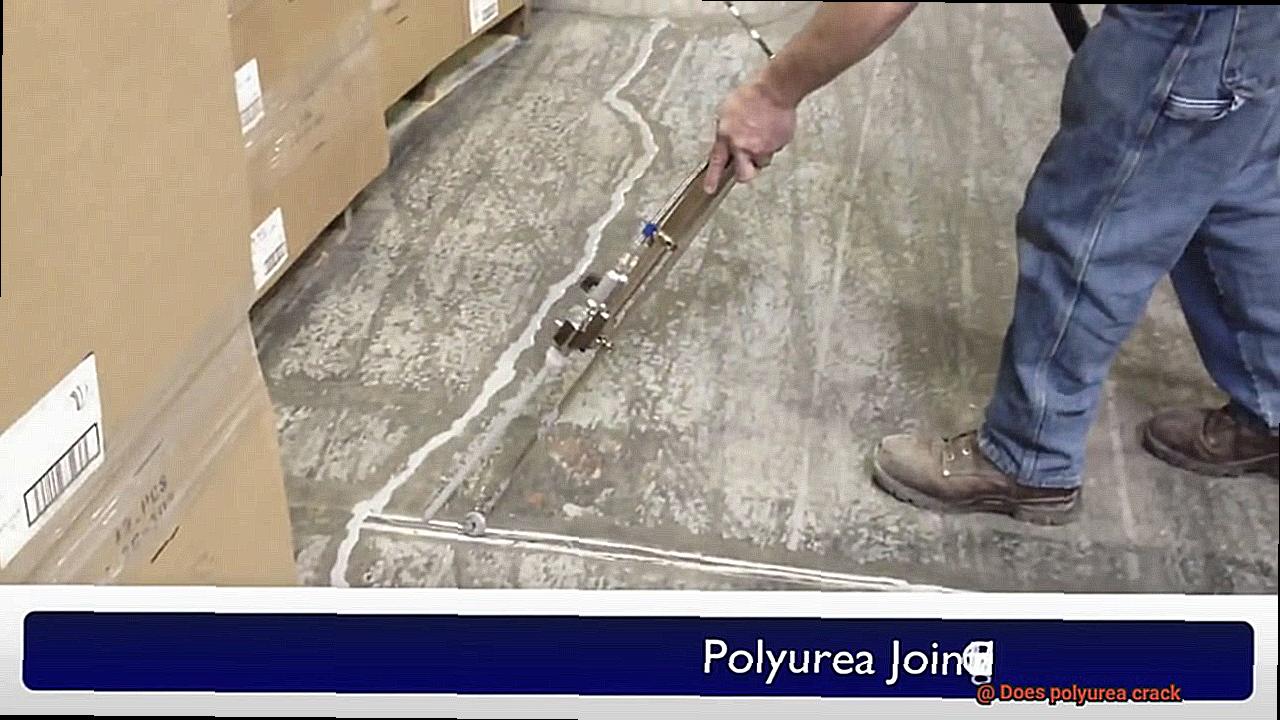
But that’s not all – polyurea also boasts excellent impact resistance. It can take sudden forces or impacts without cracking or breaking. Imagine a material that can absorb and distribute energy upon impact, safeguarding not only itself but also the surface it’s applied to. It’s like having a shield against damage.
With these incredible abilities, polyurea is the perfect choice for a wide range of applications. Need to protect your concrete floors or steel structures? Polyurea has got you covered. It can resist cracking or breaking under heavy loads, making it ideal for industrial settings where machinery exerts significant forces.
But that’s just scratching the surface. Polyurea is also the go-to choice for truck bed liners, defending against the impact of heavy cargo or tools bouncing around. In the construction industry, polyurea coatings fortify concrete surfaces, enhancing their resistance against impacts from vehicles or heavy machinery.
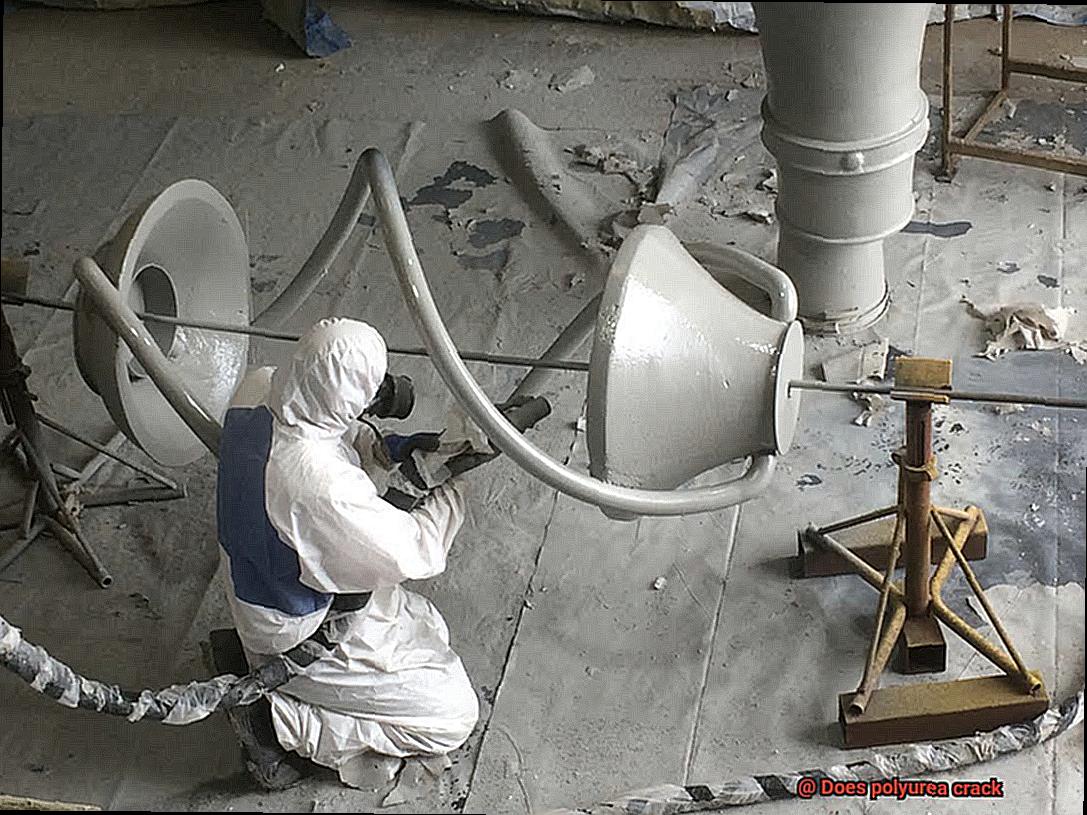
And let’s not forget about marine environments. With its high impact resistance, polyurea can withstand the relentless pounding of waves and resist damage from floating debris. It even provides long-term protection against corrosion. Talk about invincibility.
Application Process of Polyurea
Polyurea is here to save the day. Let’s dive into the fascinating world of polyurea and uncover its extraordinary application process, which is the secret behind its incredible performance and durability.
- First things first – surface preparation. Before polyurea can work its magic, the substrate needs to be as clean as a whistle. Dirt, dust, and contaminants must be banished from the surface to ensure a strong bond with the polyurea coating. Say goodbye to those pesky cracks caused by poor adhesion.
- Now, let’s talk about the trusty sidekick – the primer. The primer is like Robin to polyurea’s Batman. It enhances adhesion between the substrate and the polyurea, ensuring a long-lasting partnership. The choice of primer depends on the specific formulation of polyurea and the type of substrate being coated.
- Now comes the exciting part – applying the polyurea coating itself. You can unleash your creativity using various methods like spraying, brushing, or rolling. For larger projects like industrial flooring or tank linings, spraying is often preferred for its lightning-fast speed and uniform coverage. Whatever method you choose, follow the manufacturer’s instructions for optimal results.
Temperature and humidity control are crucial during the application process. Just like Batman needs his Batcave, polyurea coatings require specific curing conditions. The right temperature and humidity levels ensure a flawless curing process, preventing any unsightly cracks or defects in the final coating. It’s all about creating the perfect environment for this superhero of coatings.
One of polyurea’s superpowers is its lightning-fast curing time. While other coatings drag their feet, polyurea dries to the touch within minutes and fully cures within hours. Say goodbye to tedious wait times and hello to speedy project completion.
To unlock maximum protection and durability, apply the polyurea coating at the recommended thickness. Too thin, and you risk reduced protection and increased cracking. Too thick, and you may encounter curing issues. Find that Goldilocks zone for optimal performance, just right.
But the story doesn’t end with the application process alone. Just like Batman needs regular maintenance to stay in top shape, polyurea coatings require proper care. Regular inspections and timely repairs can prevent small issues from turning into big problems. Follow the manufacturer’s guidelines for maintenance and cleaning to ensure your polyurea coating remains a superhero for years to come.
Surface Preparation and Application Techniques for Optimal Results
Today, we’re diving into the world of polyurea coatings and uncovering the secrets to achieving optimal results through proper surface preparation and application techniques. Just like Batman needs his trusty gadgets, polyurea coatings require a little TLC to deliver their superpowers of durability and performance.
Let’s start with surface preparation, the crucial first step in the process. Think of it as cleaning the canvas before creating a masterpiece. To ensure a strong bond between the coating and the substrate, it’s important to remove any dirt, dust, grease, or loose particles that could hinder adhesion. Depending on the level of contamination and the type of substrate, you can choose from a range of methods like pressure washing, sandblasting, or chemical cleaning.
Pressure washing is great for removing everyday grime and loose debris. Sandblasting comes to the rescue when dealing with old coatings or stubborn stains. Whichever method you choose, make sure to dry the surface thoroughly before applying the polyurea coating. Moisture trapped beneath the coating can lead to adhesion issues and eventually crack your hopes for a flawless finish.
Now that our surface is squeaky clean and dry, it’s time for the application extravaganza. Whether you’re using a spray-on or brush/roller applied coating, the key is to apply it evenly and at the recommended thickness.
Spray-on polyurea coatings are popular for their fast-curing properties and seamless finish. During application, maintain a consistent distance between the spray gun and the surface to achieve uniform coverage. Applying multiple thin layers allows for better adhesion and flexibility, preventing those dreaded cracks from appearing.
For brush/roller applied polyurea coatings, technique is everything. Picture yourself as an artist gracefully applying long, smooth strokes in one direction. Avoid excessive brushing or rolling that could create air pockets or uneven thickness, leading to a less-than-perfect finish. Oh, and don’t forget to follow the manufacturer’s guidelines on drying time between coats. This allows for proper adhesion and minimizes the risk of cracking.
lzG-5LMMCJE” >
Conclusion
In conclusion, polyurea coatings are renowned for their exceptional durability and versatility. They’re like the cool kid in school, effortlessly flexible and as tough as nails. However, even with all its awesomeness, polyurea can crack under certain circumstances.
Cracking in polyurea usually occurs due to factors like shoddy surface preparation, improper application techniques, excessive coating thickness, or unpredictable weather conditions. Understanding these factors is crucial in maintaining the integrity of your polyurea coating for years to come.
Polyurea’s crack resistance stems from its high flexibility, excellent adhesion properties, and unique chemical composition. It has the ability to stretch and deform without permanent damage, allowing it to withstand temperature fluctuations and structural movements. Moreover, its strong bond with the surface evenly distributes stress, reducing the likelihood of cracking.
While polyurea itself is crack-resistant, external factors can influence its performance. Proper surface preparation and application techniques are essential to ensure optimal adhesion and prevent potential cracking issues. Additionally, considering environmental conditions such as temperature and exposure to harsh chemicals can help maintain the longevity of the coating.
Manufacturers often enhance polyurea’s crack resistance by incorporating fillers or reinforcing agents into their formulations. These additives increase toughness and impact resistance, making the coating even more durable.
To summarize, while polyurea can crack under unfavorable conditions, understanding its unique properties and taking proper precautions during surface preparation and application can significantly minimize this risk.

